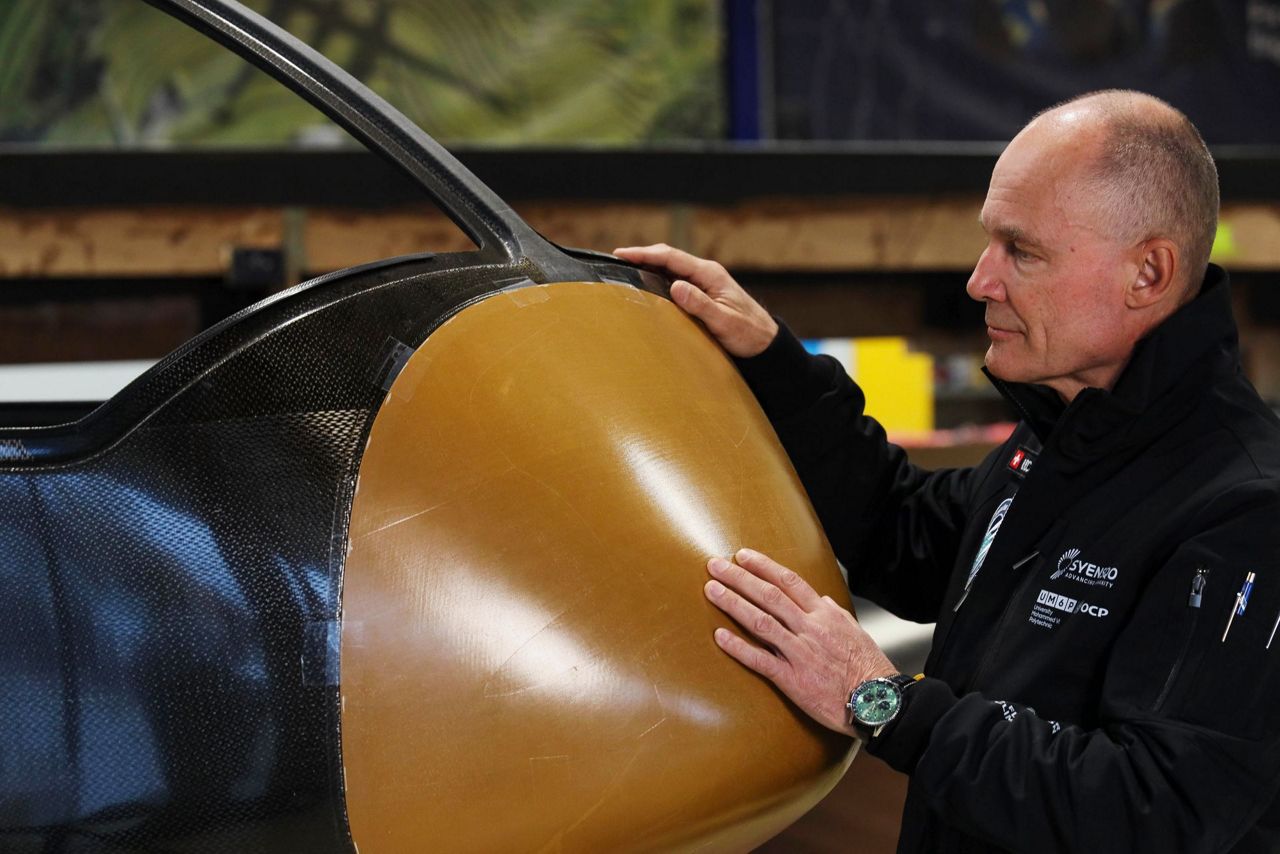Revolutionizing Air Travel: Green Hydrogen-Powered Flight Project Takes Off
Key Ideas
- Bertrand Piccard leads the Climate Impulse project to fly a two-seater plane around the world using green hydrogen, aiming to revolutionize air travel towards sustainability.
- The project faces technical challenges of untested innovations and scalability, yet it has attracted significant investment and aims for a nonstop round-the-world trip in 2028.
- Liquid hydrogen, with only water vapor emissions, presents a potential solution for reducing carbon emissions in the aviation industry, although it requires overcoming obstacles in infrastructure and scale-up.
- Experts believe green hydrogen-powered flight could be a game-changer in aviation, offering a more sustainable alternative to fossil fuel-powered planes, despite the need for further technological advancements and regulatory changes.
Bertrand Piccard, known for Solar Impulse, now leads the Climate Impulse project aiming to revolutionize air travel with green hydrogen. The project plans to fly a two-seater plane around the world fueled by hydrogen split from water using renewable electricity. While the initiative has attracted significant investment, including support from Airbus, its success is crucial for demonstrating the feasibility of green hydrogen-powered flight. Despite facing technical challenges and the need for scalability, the team plans test flights in 2022 and a round-the-world trip in 2028.
The use of liquid hydrogen, with water vapor as the only emission, offers a promising solution for reducing carbon emissions in aviation. However, challenges such as infrastructure development, scalability, and safety concerns around handling liquid hydrogen remain. Experts see the project as a step towards a more sustainable aviation industry, but acknowledge the long road ahead in achieving commercial-scale green hydrogen flight. The Climate Impulse project aims to leverage innovations in energy production and propulsion systems to enable a nonstop circumnavigation powered by hydrogen.
The potential of green hydrogen in aviation lies in its ability to significantly reduce carbon emissions, particularly as the sector faces pressure to transition to more sustainable technologies. Liquid hydrogen's use in aircraft, though challenging due to its handling requirements, presents a promising avenue for future flight technology. Experts emphasize the importance of overcoming technical hurdles and regulatory barriers to enable the widespread adoption of green hydrogen in the aviation industry, highlighting its potential to transform air travel into a more environmentally friendly mode of transportation.
